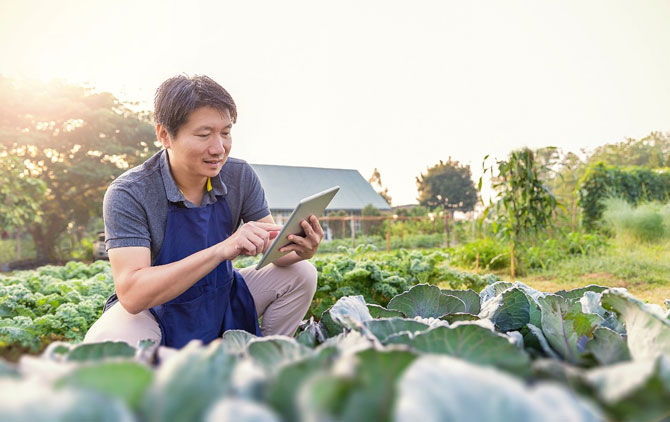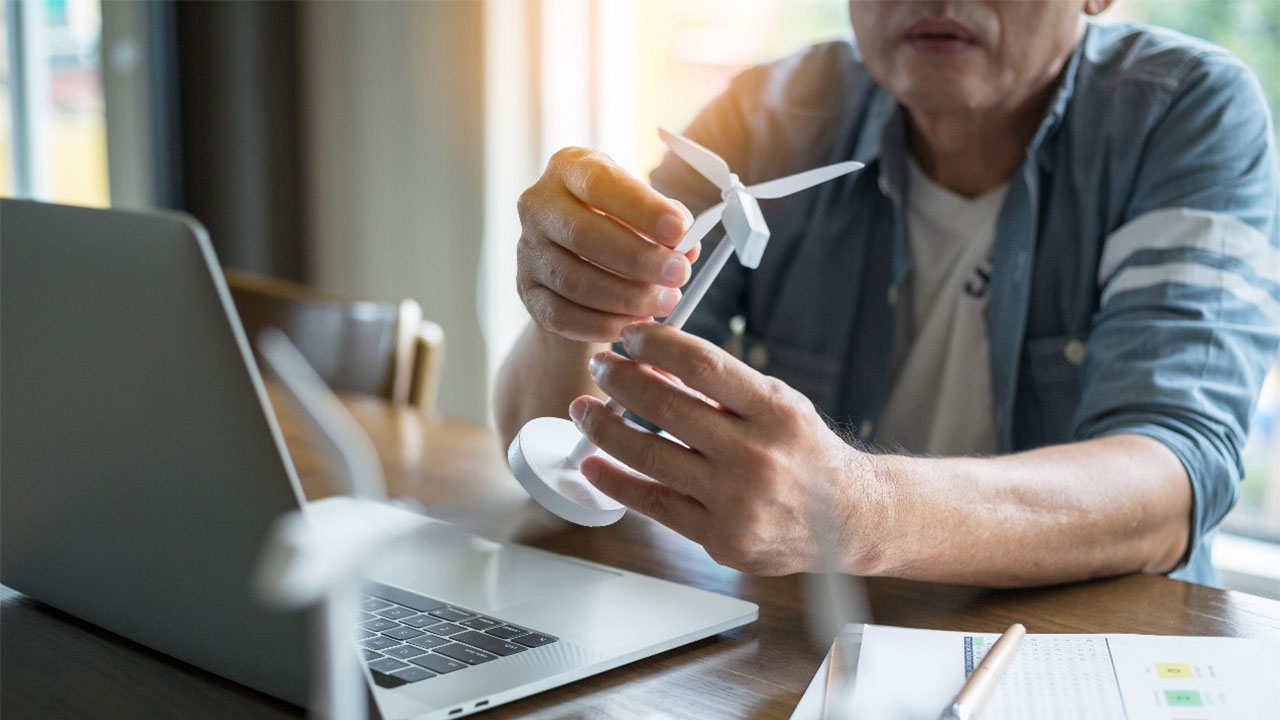This is the first article in our two-part series on the new circular economy. Read part two.
“As the 'circular' approach to sustainability begins to gather ground, we humans are finding ourselves within the circle, not without.” ― Michiel Schwarz, A Sustainist Lexicon
Transition to a circular economy
The Ellen MacArthur Foundation, one of the foremost authorities on the circular economy, defines it as, “an industrial system that is restorative and regenerative by intention and design.” Three major principles underpin it: eliminating waste and pollution, keeping products and materials in circulation for as long as possible, and regenerating nature.
The transition to a circular economy will entail a significant change in mindset, not just an improvement of production processes. It will require the active participation of small businesses to make a significant contribution to sustainable development goals and climate change commitments. This is especially important in Southeast Asia, where micro, small and medium enterprises (SMEs) account for about 97 per cent of total enterprises.
Although there are significant barriers to entry, not least of which are high initial capital requirements, there are validated business models and accessible financing support that SMEs can tap to seize opportunities in the circular economy.
The perks of going circular
Pursuing circular business models could help SMEs:
- mitigate the impact of supply chain disruptions
- lower warranty and production costs
- pursue innovation and new revenue streams
In a circular economy, harnessing durable, renewable and recyclable materials can reduce SMEs’ dependence on increasingly limited and expensive resources and lower their vulnerability to supply chain disruptions.
Building lasting products could even lower warranty costs and make production cheaper. For instance, remanufacturing mobile phones could be 50 per cent cheaper per device if these were easier to disassemble and customers were given incentives to return their used phones, according to research by the Ellen MacArthur Foundation.
The shift to a circular economy is also expected to create new jobs and revenue sources, such as in reverse cycle activities - the process of looping materials back into the system – including sorting, collecting, refurbishing and remanufacturing. These new activities, uncommon in the linear economy, could generate new jobs and open up new ways for SMEs to drive growth.
Indeed, shifting to business models that are grounded in the principles of the circular economy will not only bring SMEs cost-savings and efficiency gains but will also open doors to new sources of revenue and for innovative customer engagement models. For example, a new data-led customer engagement model could be less focused on simply cross-selling new products and instead, provide insights to the provenance and carbon footprint of their eco-friendly purchase as well as ideas for re-purposing or recycling the product.
 Circular business models can help SMEs reduce their dependence on limited resources and build lasting products.
Circular business models can help SMEs reduce their dependence on limited resources and build lasting products.
Five circular business models that SMEs can adopt
Accenture’s Circular Advantage analysis uncovered five circular business models, which could be pursued on their own or in combination, to reap the benefits of going sustainable.
The Circular Supplies model relies on renewable, recyclable or biodegradable materials. It decreases businesses’ reliance on limited and costly resources, reduces waste and removes inefficiencies. This is suitable for companies that leave a sizable environmental footprint or those that deal with scarce commodities. Producers of personal care items, for instance, could skip the harmful chemicals and phosphates in favour of natural ingredients to create biodegradable soap and shampoo.
The Resource Recovery model is all about recycling and upcycling.1 It minimises waste by funnelling it back into another product’s lifecycle and cuts companies’ disposal costs. This business model is great for companies that generate high amounts of by-products or those that can easily recover and reprocess waste. For instance, SMEs in the food and beverage industry could give their food wastes to companies that can turn these into renewable energy.
The Product Life Extension model focuses on prolonging product life cycles through upgrades, repairs, remanufacturing or remarketing. This extended use brings companies additional revenue and diverts waste away from landfills. This works well for SMEs in markets where pre-owned products are common such as those that make clothes, accessories and furniture.
If you have ever hailed a Grab or an Uber, then you would have seen the Sharing Platforms model in action. This business model hinges on having a space where users could share resources, thereby maximising the utilisation of typically underutilised products or services.
Lastly, through the Product as a Service model, customers share products through pay-for-use or lease agreements and companies are incentivised to keep their equipment running smoothly. This could be a win for businesses, users and the planet. If high-end washing machines were leased instead of sold, for instance, they would be accessible to more households, manufacturers would earn about a third more and customers would save about a third per wash cycle. Fewer resources would also need to be extracted to manufacture new washing machines as a single unit could be shared among many users. This is a good model for businesses with products that are expensive to operate and whose maintenance require specialised skills that their customers are unlikely to have.
To capitalise on these opportunities however, SMEs must make some very important changes. In the second part of this series, we discuss the five crucial shifts businesses will need, the supporting governmental policies and grants available as well as financing options.
1Recycling entails breaking a product down and reusing its components. Upcycling is a specific form of recycling that maintains the material’s state but augments it to make something new.
This article is jointly written by The FinLab and UOB. This article shall not be copied or relied upon by any person for whatever purpose. This article is given on a general basis without obligation and is strictly for information only. The information contained in this article is based on certain assumptions, information and conditions available as at the date of the article and may be subject to change at any time without notice. You should consult your own professional advisers about the issues discussed in this article. Nothing in this article constitutes accounting, legal, regulatory, tax or other advice. This article is not intended as an offer, recommendation, solicitation, or advice to purchase or sell any investment product, securities or instruments. Although reasonable care has been taken to ensure the accuracy and objectivity of the information contained in this article, UOB and The FinLab and their employees make no representation or warranty, whether express or implied, as to its accuracy, completeness and objectivity and accept no responsibility or liability for any error, inaccuracy, omission or any consequence or any loss or damage howsoever suffered by any person arising from any reliance on the views expressed and the information in this article.



